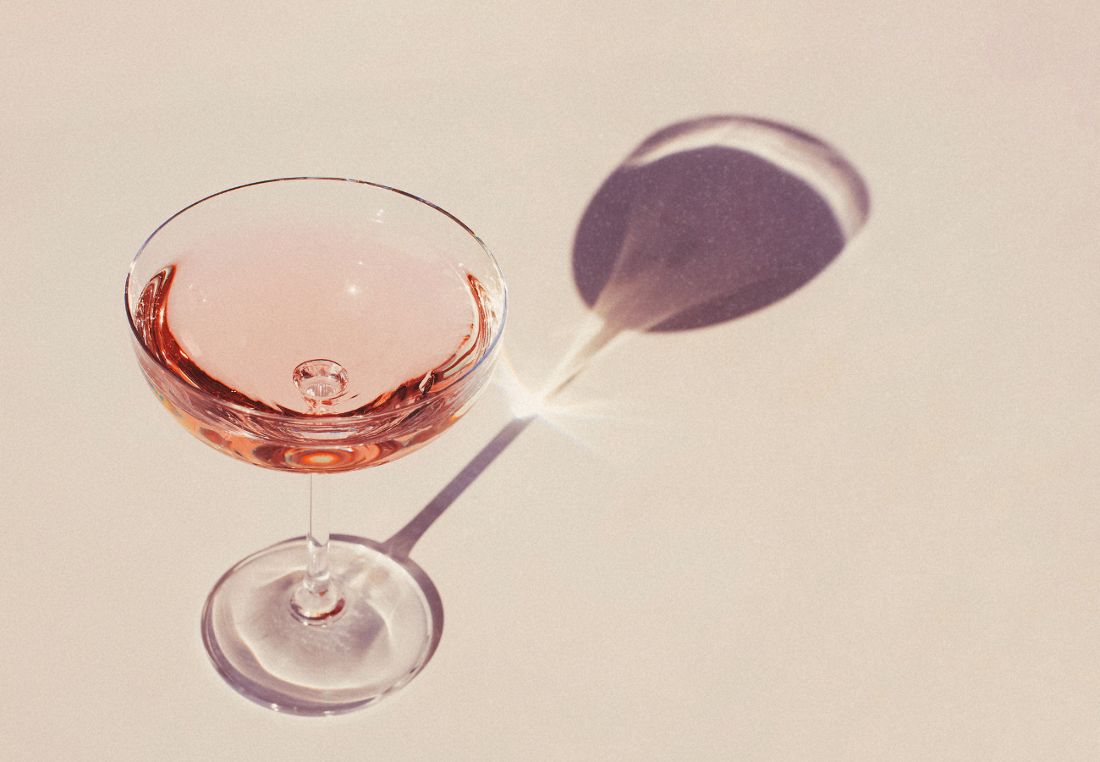Busted! The Truth About 4 Common Wine Myths

Are you excited about wine but also...confused by it? Makes sense! There are many myths about wine floating around and a genuine dearth of accessible information on whether they are true or not. Often, the answers are complicated. Allow us to shed a bit of light on four of the biggest wine myths out there.
MYTH: SUGAR IN WINE IS BAD
Sugar: is it bad, is it good, is it totally misunderstood? YES. The truth about sugar is that it is a crucial component in the winemaking process. Natural sugar, that is. When yeasts munch on naturally occurring sugars (found in wine grapes and all other fruits), they produce alcohol and myriad complex flavors that wine drinkers love.
But things get sticky (ha!) when wine producers ADD cane sugars and concentrates to that naturally sweet grape juice. Many big producers—such as brands that rhyme with 'shapothic' and even a certain celebrity’s ‘clean’ wine brand— can add cane sugar and other junk to wine to create a richer, more voluptuous mouthfeel that they think Americans need in order to enjoy wine. This is the sort of wine we steer clear of at Sip Better, because it’s no better and no more healthful than a fancy flavored latte or fast food milkshake.
Sip Better’s wines never contain additional (cane) sugars. Do a small sliver of our wines have natural sugar left behind in their process due to the style that the winemaker is producing? Yes! And that’s okay! Some grapes may have what we call ‘residual (natural) sugar’ due to a very hot vintage or even a style that was left to raisinate on the vine (a.k.a. mature with sugar later in the harvest, to create a purposefully sweet wine). We will always tell you which of our wines taste sweet (‘off dry’), but you can count on the fact that they are sweet due only to the fruit within them.
MYTH: SULFITES ARE HARMFUL + CAUSE ALLERGIC REACTIONS
While sulfur occurs naturally in wine grapes, some winemakers choose to infuse wine with even more sulfur dioxide to discourage the growth of unpleasant bacteria. Many people believe that sulfites are harmful and can cause allergic reactions when consumed, but the last report on this subject in 2023 stated that less than 1% of the world’s population were actually allergic to sulfites. The reality is that sulfites are present in all sorts of everyday consumables: french fries, your morning orange juice, that charcuterie you nosh on at happy hour, and lots of other foods you’ll find in the refrigerated section at the grocery store. If you have any reservations about sulfites, they should be that when a wine contains too many, the sulfites can obscure the complexity and nuances of the wine itself. Know that sulfites are a bi-product in the fermentation process of wine. BUT, winemakers are only forced to declare so many parts per million per the country or region they produce their wine in. Therefore, when you see a wine 'contains no sulfites' -- that means either the wine did not meet the parts per million they were required to declare or did they not add sulfur (which is a hygienic) to the top of the wine before it left the winery. Trust us, if you were allergic to sulfites you would know. It is a very very serious issue.
But don’t take our word for it! Wine Enthusiast has written plenty on the subject. Here’s one of our favorites.
MYTH: TANNINS CAUSE ALLERGIC REACTIONS
Ok, listen: You are NOT allergic to tannins. We promise! Tannins are naturally occurring compounds that live in grape skins, stems, and seeds. Tannins also occur in other plant materials that you might consume, such as tea. If you find yourself having an adverse reaction to a tannic wine, odds are good that those tannins occurred alongside other compounds in the grapes that you may be allergic to, such as histamines.
Tannins dry out your mouth, much like acid in wine. One way to temper those tannins in a very young wine is to decant it…
MYTH: IT’S IMPORTANT TO DECANT ALL RED WINE
It is never necessary to decant a red wine! However, decanting can be a helpful way to make a very young or a very old wine even more enjoyable to drink.
For older wines (10-20+ years in a New World wine and 15+ years with an Old World wine): You might decant to release the juice from the sitting sediment at the bottom of the wine bottle. Don’t worry—the sediment is simply grape skins, stems, and seeds settling in the wine process, a natural byproduct of aging a wine. Decanting is a gentle process that leaves you with a clear juice, free of murky sediment.
For young wines: You may ‘splash or spank’ decant a youthful wine by quickly tipping your wine bottle straight into a decanter. This forces oxygen into the wine, helping to soften the tannins of a young, full-bodied red like Cabernet, Nebbiolo, Plavac Mali, etc.
Note: All of these factors are contingent on the year the grapes were grown, the house that grew and created the wine, and the region from which they came.